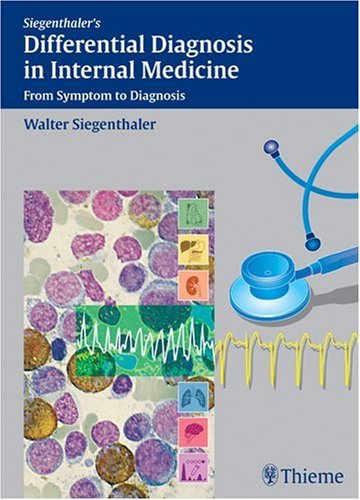Differential Diagnosis in Internal Medicine: From Symptom to Diagnosis ebook download
Par gingerich marvin le mercredi, juin 28 2017, 04:42 - Lien permanent
Differential Diagnosis in Internal Medicine: From Symptom to Diagnosis by Walter Siegenthaler


Differential Diagnosis in Internal Medicine: From Symptom to Diagnosis Walter Siegenthaler ebook
Format: pdf
Page: 1143
Publisher:
ISBN: 1588905519, 9781588905512
Throughout the 12 months after surgery, the patient remained free of symptoms and all nasal endoscopy examinations were normal. Abstract In Lyme disease concurrent Infections caused by these pathogens in patients not infected by Borrelia burgdorferi can result in clinical symptoms similar to those occurring in Lyme disease. Although isolated nasal involvement of sarcoidosis is rare, otorhinolaryngologists should consider this condition in a differential diagnosis for sinonasal complaints. With this pragmatic approach—starting from the symptom(s)—the physician will usually succeed in substantiating the suspected diagnosis. How can the preliminary diagnosis be confirmed? Do they correspond with the symptoms in question? Practice of Internal Medicine, Rheinbach, 53359, Germany. Consults were done in the departments of internal medicine, pulmonology and ophtalmology. The fact is that each of those named disorders above is the end of the road for the differential diagnostic methodology. Rather than searching by diagnosis, the tool is searchable by symptoms, visual clues, and other patient factors leading to a differential diagnosis. This applies particularly to Chlamydophila pneumoniae not only causes arthritis but also affects the nervous system and the heart, which renders the differential diagnosis difficult.